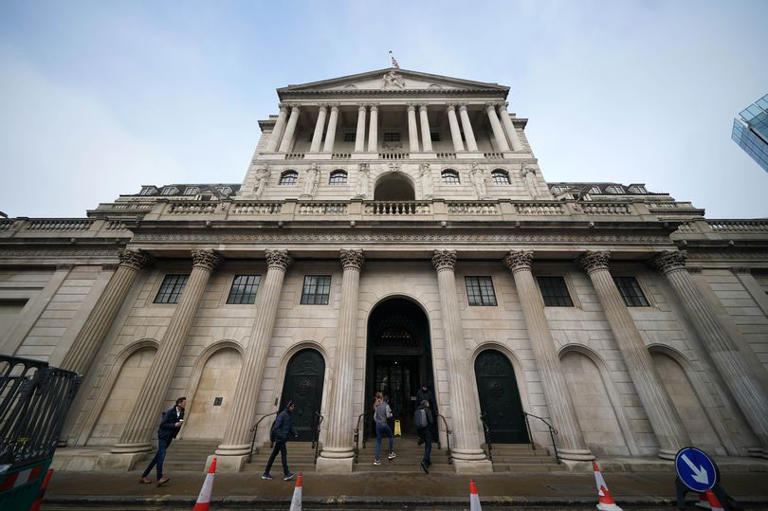UK Interest Rates on Hold: Borrowers Face Disappointment Despite Inflation Meeting Target
UK interest rates are expected to stay on hold despite inflation finally reaching the Bank of England’s target. Here’s what it means for borrowers and the economy.

© Provided by The Telegraph
UK Interest Rates on Hold: A Sigh of Relief or Cause for Concern?
There was a glimmer of hope for homeowners and borrowers earlier this year. The Bank of England, led by Governor Andrew Bailey, hinted at a potential summer interest rate cut. This would have meant some relief from the rising cost of borrowing. However, those hopes seem to be fading fast.
Inflation Meets Target, But Interest Rates Stay Put
The good news? Inflation has finally fallen to the Bank of England’s 2% target for the first time in nearly three years. This is a significant milestone, especially considering it soared to a staggering 11% in late 2022. The drop is attributed to factors like lower food prices and the government’s economic policies.
Why the Hold on Rate Cuts?
So, with inflation under control, why are interest rates likely to stay on hold today (June 20, 2024) and potentially through August? The answer lies in the complexities of managing a healthy economy.
-
Stubborn Service Sector Inflation: While headline inflation has dipped, the cost of services remains stubbornly high. At 5.7% in May, it’s higher than economists anticipated. This suggests that price increases haven’t completely subsided, especially in areas like hospitality and entertainment.
-
Potential for Future Price Rises: The Bank of England is also wary of another potential inflation surge. One factor is wage growth, currently at 6%. Higher wages can lead to businesses raising prices to cover their increased costs.
-
Walking a Tightrope: The Bank needs to strike a delicate balance. Lowering rates stimulates the economy but risks reigniting inflation. Conversely, keeping rates high eases inflation but can burden borrowers with expensive loans and mortgages.
What Does This Mean for Borrowers?
For borrowers hoping for a summer rate cut that would translate into lower mortgage repayments or loan interest, this news is a disappointment. The wait for some financial relief might extend until September, with a potential second cut by the year’s end.
A Silver Lining: Progress Made
Despite the hold on rate cuts, reaching the 2% inflation target is a significant achievement. It signifies progress in controlling the cost of living, a major concern for many Britons. It also positions the UK favorably compared to the eurozone (2.6% inflation) and the US (3.3% inflation).
Looking Ahead: A Balancing Act
The Bank of England faces a challenging task in the coming months. It needs to monitor inflation trends, particularly in the service sector, and assess the impact of wage growth. Balancing these factors will determine the future trajectory of interest rates.
What You Can Do
While you can’t influence the Bank’s decision, there are steps you can take to manage your finances:
- Shop around for better deals: Compare interest rates across different lenders for mortgages, loans, and credit cards.
- Review your budget: Identify areas where you can cut back on spending to free up some cash.
- Consider fixed-rate deals: If you’re concerned about future interest rate hikes, locking into a fixed-rate loan or mortgage might offer some stability.
The Bottom Line
The Bank of England’s decision to hold interest rates may be disappointing for borrowers, but it reflects a cautious approach to managing inflation. The coming months will be crucial in determining the future path of interest rates and the overall health of the UK economy.
ALSO READ:
“Interest Rates: 5 Surprisingly Positive Moves to Boost Your Finances”



